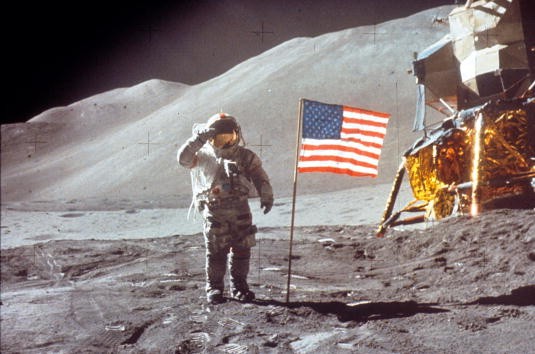NASA's Artemis mission is inching ever closer to its first official, uncrewed launch scheduled for this year.

This comes after the agency has announced that the first part of the mission has already finished its second countdown test, reports Space.com. According to an official blog post by NASA, the countdown test intended to verify the status of the rocket while it's on the launchpad.
To do so, they tested out the ground launch software and sequencer. It was a test to see whether the SLS (Space Launch System) rocket and the Orion crew capsule will work perfectly in sync with the sequencer.
Since NASA looks to send people back to the moon within the next few years, performing the countdown test is critical. That's because on the actual launch date, both the ground launch sequencer and an automated launch sequencer will be directly in charge of getting the SLS rocket and Orion in the air.
Still, the agency has a lot of things to accomplish before going through with the first part of the Artemis moon mission, aptly named Artemis 1. For instance, NASA plans to conduct its first "wet dress rehearsal" for the mission next month.
For the uninitiated, a "wet dress rehearsal" means that the SLS rocket will be filled up with the actual fuel it will use for the real mission. Hence, the term "wet."
The simulated countdown was performed inside the Kennedy Space Center, within its Vehicle Assembly Building. The place itself has a glorious history, since it is the same building where the rockets that brought the Apollo missions of the 60s and 70s were built.
Artemis 1's launch is scheduled for March 12th, after an engine issue with the SLS rocket caused a major delay. This is exactly a month later than the original planned date, reports Space.com.
It will be the first of three total launches, with the third being the one that will actually bring humans back to the moon-a first since December 1972.

How Has The NASA Artemis Mission Fared So Far?
Since it was first announced on May 14, 2019, the Artemis moon mission hasn't been as smooth-sailing as NASA had hoped. Mainly this is due to the lofty implications and goals of the mission itself.
Artemis has experienced multiple delays that continuously pushed back its original expected launch dates. For instance, the first crewed mission, Artemis 2, was delayed to 2024, while Artemis 3 (the actual human moon landing) is now scheduled for 2025, reports TechCrunch.

Most of these delays can be attributed to the construction of the SLS rocket, which is by far the most powerful one NASA has ever devised. According to the BBC, it is by all means a modern version of the original Saturn V rocket that sent the Apollo astronauts to the moon, complete with all modern trappings-including tech from the original Space Shuttle program.
Naturally, a rocket system as complicated and powerful as the SLS is bound to experience a few technical problems during its construction.
This article is owned by Tech Times
Written by RJ Pierce





